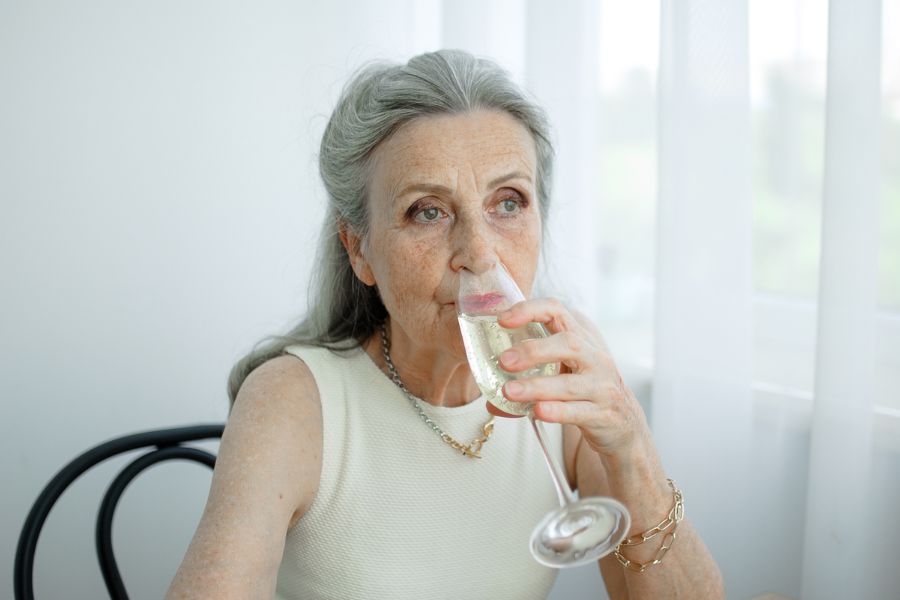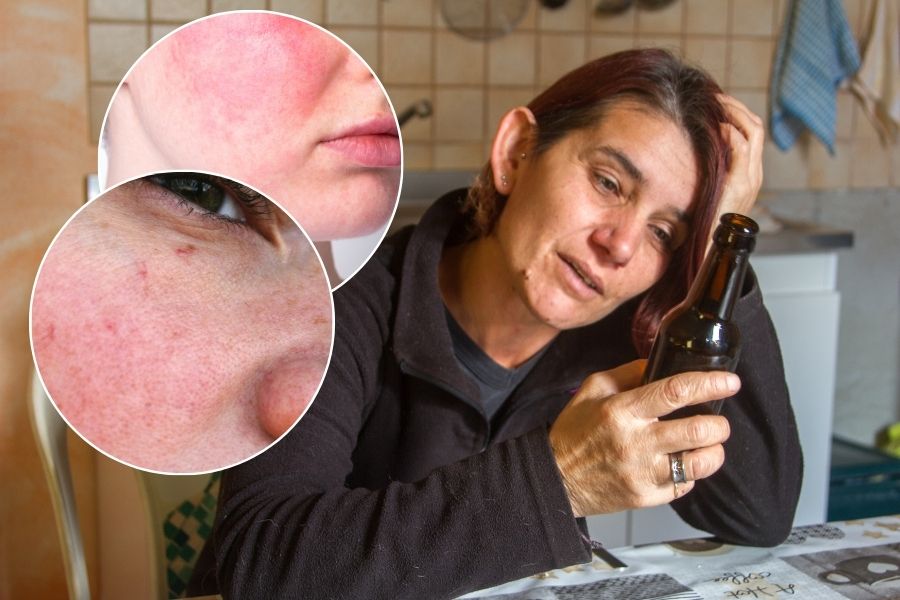
How Does Alcohol Affect Your Appearance?
While occasional alcohol consumption may not immediately lead to visible changes in appearance, regular drinking has a direct impact on the condition of the skin, hair, and overall body. Alcohol affects the body not only internally but also externally, and the effects are often clearly visible. Wrinkles, discoloration, puffiness, and skin problems are just some of the signs that excessive alcohol can leave behind. It’s important to remember that these effects may not be instant—they often develop gradually and can be difficult to reverse, even after reducing alcohol intake.
Skin Under the Influence of Alcohol
Alcohol dehydrates the body, which quickly reflects on the skin’s condition. The complexion loses elasticity, becomes dull, grayish, and more prone to irritation. As a result of disrupted microcirculation, broken capillaries (commonly called spider veins) can appear, especially on the cheeks and nose. People who drink excessively often experience permanent redness and inflammatory skin conditions, such as worsened rosacea. Excessive alcohol intake also lowers levels of vitamins A, E, and C—crucial for healthy, youthful-looking skin.
Puffiness and Bags Under the Eyes
A common visible sign of alcohol’s effect on the face is puffiness, particularly around the eyes. This is caused by water retention and liver overload, which hampers the body’s ability to eliminate toxins. The face becomes swollen, and facial features less defined. Over time, these changes may become persistent and hard to reverse, even with complete abstinence. Many people also develop a “bloated face” due to chronic inflammation and disrupted fluid balance in the body.
Alcohol and Skin Aging
Alcohol accelerates the aging process of the skin by reducing hydration, impairing collagen production, and slowing down skin regeneration. People who consume alcohol regularly may notice early onset of wrinkles, especially around the eyes and mouth, along with sagging skin and a loss of firmness. Over time, the skin may become thin, less elastic, and more vulnerable to external damage. In addition, alcohol increases oxidative stress, which contributes to cell damage and visible signs of aging.
If you’re curious about how medical approaches can support individuals dealing with alcohol-related issues, take a look at the article “How Does the Alcohol Implant Work? What Is Disulfiram?”, which explains one of the methods used in alcohol therapy in more detail.

Skin Tone and Complexion Issues
Alcohol consumption can aggravate dermatological issues such as acne, breakouts, and oily skin. Hormonal imbalances triggered by alcohol increase sebum production and clog pores. The skin loses its even tone, becoming gray, dull, or slightly bluish—often indicating poor oxygenation and vascular issues. “Alcoholic skin” is a term dermatologists use to describe thick, red, porous skin prone to chronic inflammation.
Effects on Hair and Body Shape
Vitamin and mineral deficiencies caused by excessive alcohol use also impact hair—it becomes weak, brittle, and prone to falling out. Alcohol disrupts hormonal balance, which can lead to weight fluctuations, cellulite problems, and a loss of skin firmness. Regular drinkers may also experience muscle loss and water retention, affecting body proportions. Alcohol slows down metabolism, making it harder to maintain a healthy weight.
